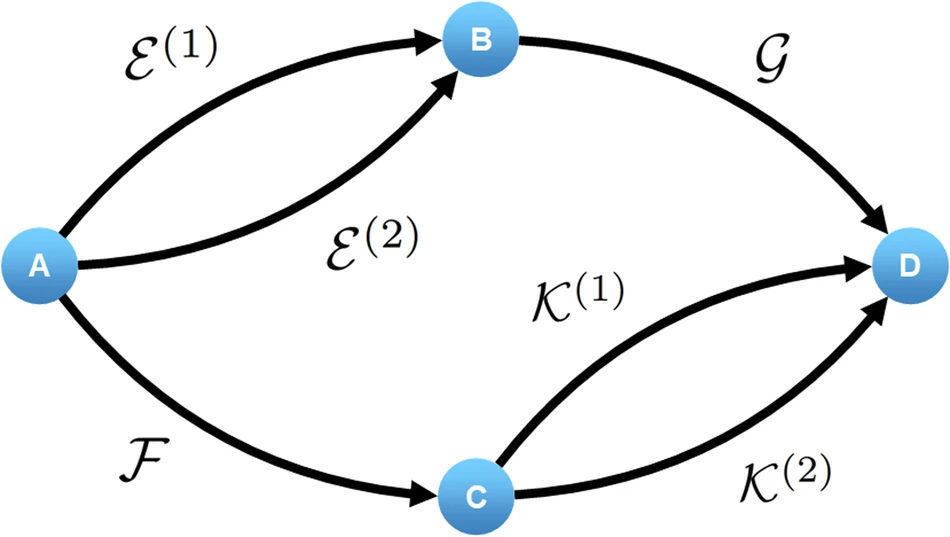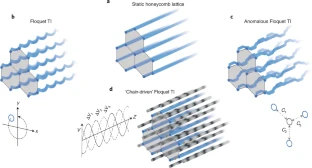This research explores how atoms interact through light exchange to enhance quantum entanglement, focusing on a novel approach using multi-level atomic systems.
Traditionally, atomic interactions are studied using two-level systems (ground state and excited state), where atoms exchange photons through dipole-dipole interactions. While simple in concept, these systems quickly become complex as multiple atoms exchange photons, leading to entangled states. However, such entanglement typically disappears when atoms return to their ground state.
The research team advanced beyond this limitation by studying four-level atomic systems using strontium atoms. They utilized two ground (metastable) states and two excited states, arranged in specific one- and two-dimensional crystal lattices. This approach offers richer physics and new phenomena for generating entangled states, crucial for quantum computing and secure communications.
A key innovation was using metastable states where atoms can remain for extended periods, rather than true ground states. The study focused on energy levels with smaller separations than typical optical transitions, requiring a specialized laser with a long wavelength (2.9 microns). The researchers positioned atoms closer together than the laser light’s wavelength to strengthen interactions.
The team worked in the weak and far-from-resonance regime, where atoms virtually exchange photons between ground states without permanently occupying excited states. This simplification reduced computational complexity while still allowing for the observation of growing correlations that persist even after turning off the laser.
The researchers discovered they could map the four-level system back to a two-level system, though with more complex interactions involving multiple atoms. They studied “spin waves” – coordinated excitations of atomic spins across the lattice. By controlling laser photon polarization and direction, they could determine which spin-wave patterns became dominantly entangled, resulting in spin-squeezing entanglement useful for metrology.
The study faced challenges in simulation due to the complexity of dipole-dipole interactions, which involve long-range forces coupling both near and distant atoms. These interactions vary in strength and direction across the array, making traditional simulation techniques inadequate. Methods suitable for long-range interactions were limited to small atom numbers due to computational constraints.
Looking ahead, the research team plans to explore more extensive multilevel systems, particularly in strontium atoms with up to 10 ground and excited levels each. They’re also interested in studying how these interactions might work with atoms placed inside optical cavities or nanophotonic devices. The combination of infinite-range cavity-mediated interactions with dipole-dipole interactions could enable new approaches to quantum gates, entanglement distribution, and programmable quantum physics.
This research represents significant progress toward creating stable, entangled quantum systems that could maintain their quantum properties over longer periods without constant intervention. Such advances are crucial for developing practical quantum technologies, including quantum computers and secure communication systems.
The study, published in Physical Review Letters, was conducted by researchers including Ana Maria Rey, James K. Thompson, Sanaa Agarwal, and Asier Piñeiro Orioli.
Reference: “Entanglement Generation in Weakly Driven Arrays of Multilevel Atoms via Dipolar Interactions” by Sanaa Agarwal, A. Piñeiro Orioli, J. K. Thompson and A. M. Rey, 3 December 2024, Physical Review Letters.
DOI: 10.1103/PhysRevLett.133.233003




